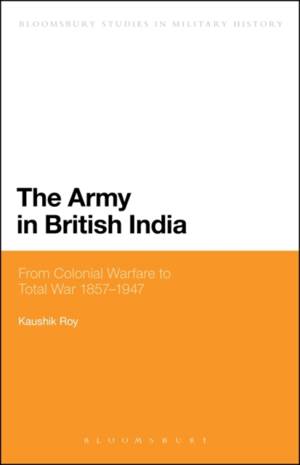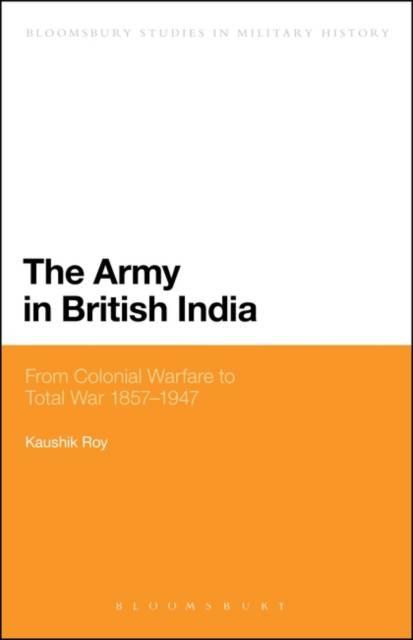
- Retrait gratuit dans votre magasin Club
- 7.000.000 titres dans notre catalogue
- Payer en toute sécurité
- Toujours un magasin près de chez vous
- Retrait gratuit dans votre magasin Club
- 7.000.0000 titres dans notre catalogue
- Payer en toute sécurité
- Toujours un magasin près de chez vous
Description
The army in India was the principal pillar of British power in South Asia from the mid-nineteenth century until Indian independence. This volume aims to evaluate the combat effectiveness of the army in British India from the mutiny of 1857 until the British departed India in 1947. It examines how the army in India developed from a colonial police force into one of the world's largest volunteer armies which saw service around the globe. The author presents new primary material from international archival sources and develops original interpretations of the political and military role of the army in colonial India. These new arguments include: the army's conduct of 'small wars' on the North-West frontier aided it in conducting tactical warfare in Burma during World War II; small unit raids developed in India were put to good effect beyond India's borders; the army's practical experience of counter-insurgency was used in Greece and Indonesia after 1945; and, contrary to existing scholarship, the British did not follow a deliberate policy of 'Indianization' of the officer corps .
Spécifications
Parties prenantes
- Auteur(s) :
- Editeur:
Contenu
- Nombre de pages :
- 256
- Langue:
- Anglais
- Collection :
Caractéristiques
- EAN:
- 9781472570697
- Date de parution :
- 08-05-14
- Format:
- Livre broché
- Format numérique:
- Trade paperback (VS)
- Dimensions :
- 156 mm x 234 mm
- Poids :
- 367 g

Les avis
Nous publions uniquement les avis qui respectent les conditions requises. Consultez nos conditions pour les avis.






